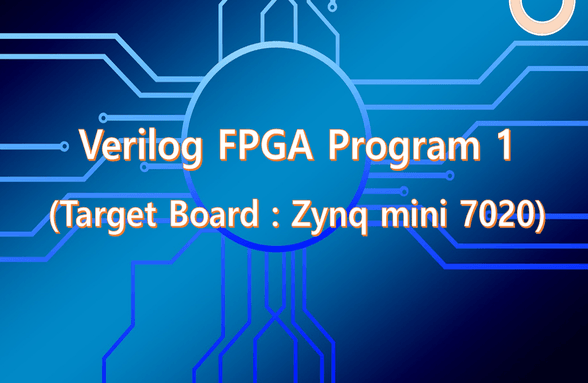・
Review 1
・
Average rating 5.0
Hello, I'm a student who recently purchased your course. I'm writing because I'm not sure how to utilize the course materials. Is my coding skills improving by just typing in the source code and questioning why it was coded that way? I would be very grateful if you could provide me with a specific learning method.
Hello, Learning Verilog and FPGA is very different from learning higher-level languages (C, App, Java, etc.). Verilog and FPGA are closely related to hardware. It's about designing the hardware itself. For example, if you think about UART communication, in the upper Application layer, you create a serial protocol and implement communication. In the FPGA layer, you design and implement the UART Controller itself. What is implemented in the FPGA layer is implemented in Main Clock units. It's about implementing how signals are implemented for each clock. In the Application, you implement code at the Protocol level. To study Verilog and FPGA, it may not be very meaningful to do it simply for study purposes. The best way is to learn basic functions (you need to learn to implement code as you like and use tools) and implement something new while doing real projects. You can think of this lecture as learning the prerequisite technologies for proceeding with real projects. To do a real project, it is very important to handle Verilog, FPGA, tools, etc. freely. You need to familiarize yourself with the process of coding with Verilog, verifying with simulation (if there is an error, modify the code and verify with simulation again), and checking the operation by uploading the implemented content to the board. If you are somewhat familiar with the contents of this lecture, you can proceed with projects from small things in actual practice. A recent project I worked on was implementing a Frame Converter (DDR3) in an FPGA to output image data coming from a PC via USB to LVDS. To implement these things, you need the contents of this lecture, implement DDR3 Controller, and understand LVDS. Anyway, learning Verilog and FPGA is not easy. However, I believe that if you learn the basic functions well and acquire various technologies while working on projects in the field, you will become a good developer. Please learn with patience. Thank you.
First of all, thank you so much for the detailed reply. As I take the lectures, if I have any questions or get stuck, would it be okay to ask questions here? If there is a more convenient way to contact you, such as by email, please let me know.
You can send it via email or post your question on the cafe I run. Email: alex@ihil.co.kr Cafe: Cafe.naver.com/worshippt Thank you.
Okay, I understand. Have a great day today. Thank you.







